7546 COG1505Thalassiosira pseudonana
| Chromosome | Product | Transcript Start | End | Strand | Short Name | |
|---|---|---|---|---|---|---|
| 7546 | chr_8 | COG1505 | 505533 | 508166 | + | COG1505 |
| NCBI ID | Ensembl Genomes exon ID |
|---|---|
| 7450157 | Thaps7546.3, Thaps7546.2, Thaps7546.1 |
| Expression Profile | Conditional Changes | Cluster Dendrogram | Discovered Potential cis-Regulatory Motifs |
|---|---|---|---|
Thaps_hclust_0154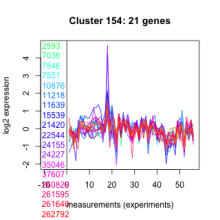 |
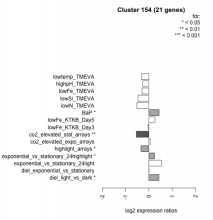 |
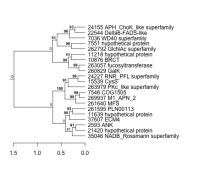 |
 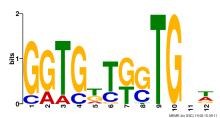  |
| Normalized Mean Residue | Discovered Potential cis-Regulatory Motifs | |
|---|---|---|
|
Thaps_bicluster_0177 |
0.33 |
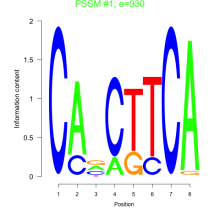 930 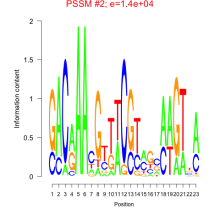 14000 |
| T. pseudonana | P. tricornutum | P. tricornutum DiatomCyc | F. cylindrus | Pseudo-nitzschia multiseries | E. huxleyi | C. reinhardtii | A. thaliana | P. sojae |
|---|---|---|---|---|---|---|---|---|
| Not available | PHATRDRAFT_46548 | PHATRDRAFT_46548 | 206739 | 30400 | 450620 | Cre12.g541800.t1.2 | AT1G20380.1 | 561955 |
| KEGG description | KEGG Pathway |
|---|---|
| Not available | Not available |

Add comment